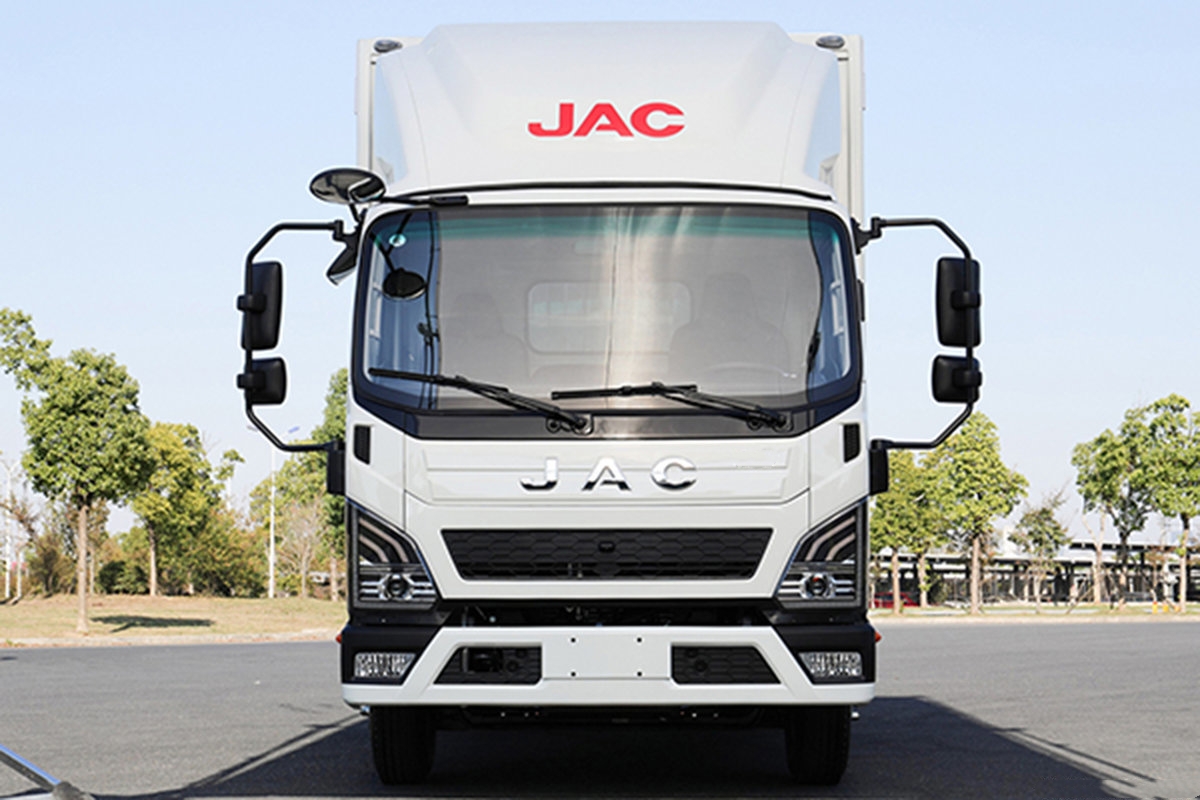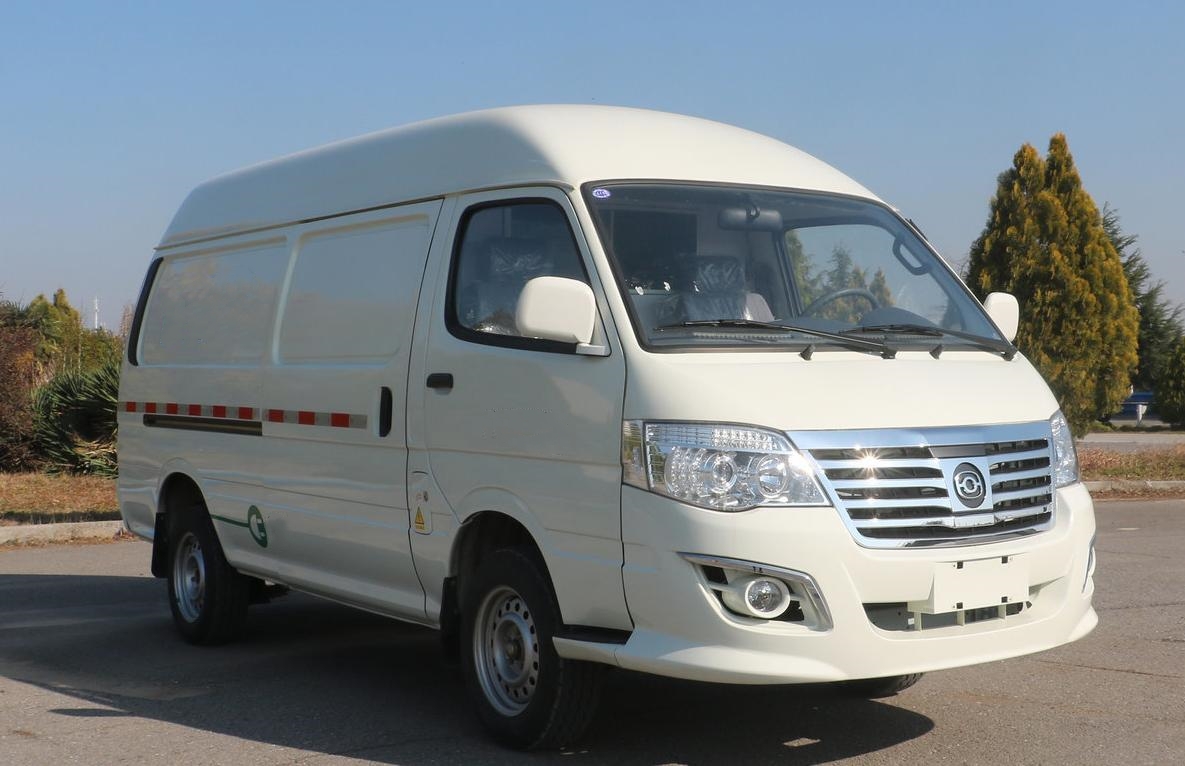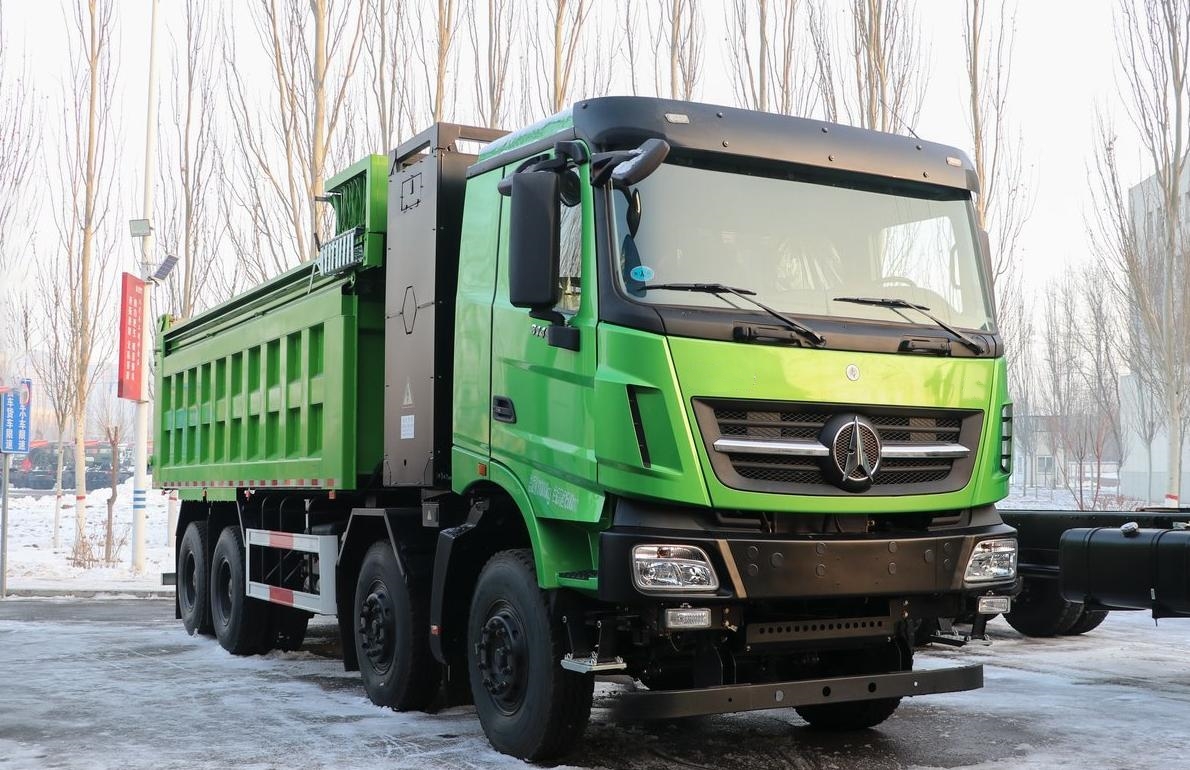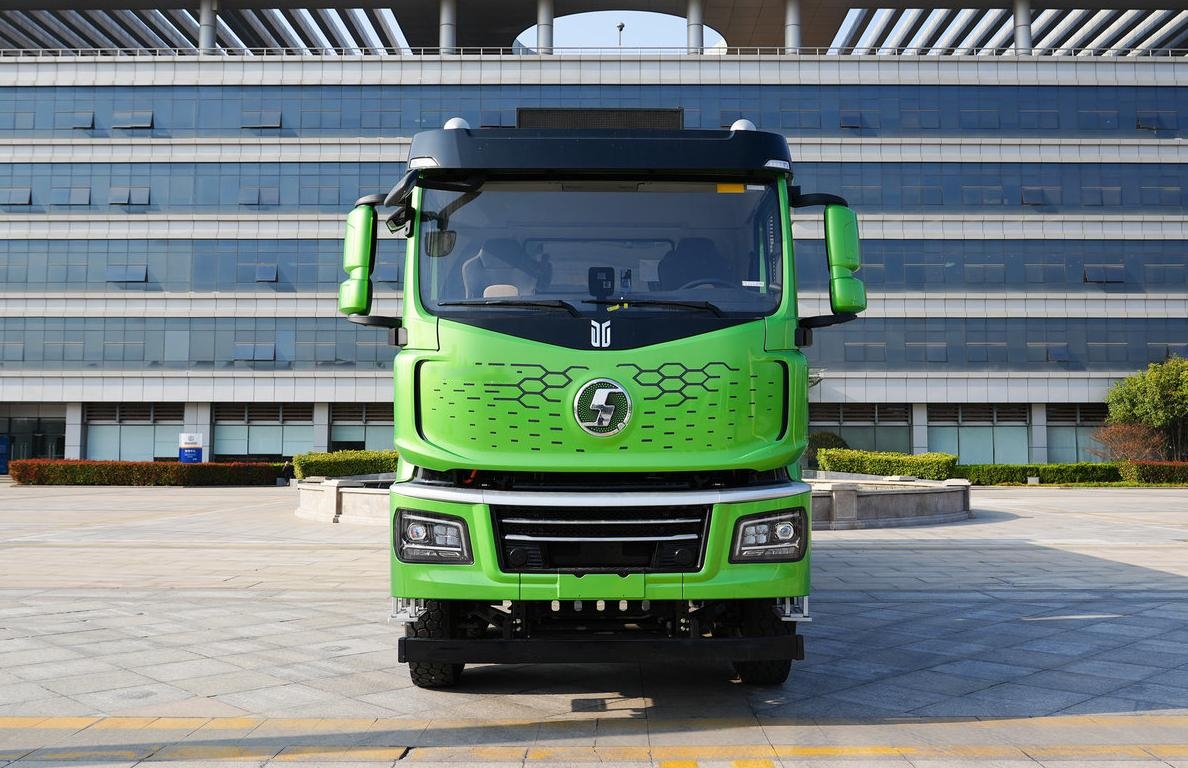Preface In recent years, new energy vehicles have been booming under the guidance of national policies. Currently, most electric commercial vehicles, such as pure electric buses, pure electric logistics vehicles, and pure electric road sweepers, adopt pneumatic braking systems and pneumatic door control systems. The electric air compressor system (hereinafter referred to as the electric […]
Jalada la Jamii: Ujuzi wa Lori la Umeme
The adoption of new energy vehicles (NEVs) is reshaping the automotive landscape, with a strong emphasis on eco-friendly materials and reduced emissions. This article delves into the advancements in chassis technology, discussing its evolution, the impact of modern materials and processes, and the critical role of innovative designs in optimizing NEV performance. 1. Evolution of […]
This article explores the constraints on power battery cooling through experimental and numerical studies, focusing on temperature and velocity distribution within microchannel cold plates on square lithium-ion battery cells. The analysis investigates cooling performance at 1C and 2C discharge rates under working temperatures of 5°C, 15°C, and 25°C, using both experimental setups and simulations. Abstract […]
With the rapid development of new energy vehicles (NEVs) and the growing demand for grid energy storage, the need for batteries with higher energy density and greater safety has become increasingly urgent. According to the “Energy-Saving and New Energy Vehicle Technology Roadmap” released by China’s Ministry of Industry and Information Technology (MIIT), single-cell energy density […]
Magari ya umeme (EVs) have become a symbol of innovation and sustainability, attracting significant attention from consumers and manufacturers alike. Hata hivyo, one notable challenge with EVs is their steep depreciation rate compared to traditional gasoline-powered cars. Several factors contribute to this rapid loss in value, including technological advancements, battery degradation, charging infrastructure limitations, and market dynamics. […]
Magari ya umeme (EVs) wanajulikana kwa pato lao la kuvutia la torque, ambayo inawaweka kando na injini ya jadi ya mwako wa ndani (BARAFU) magari. Uwezo huu wa juu wa torque ni matokeo ya moja kwa moja ya sifa za kipekee na muundo wa motors za umeme. Tofauti na ices, ambazo zinahitaji safu ngumu ya michakato ya mitambo ili kutoa nguvu, Motors za umeme hutoa papo hapo […]
Magari ya umeme (EVs) are celebrated for their extensive functionality, ambayo inawaweka kando na injini ya jadi ya mwako wa ndani (BARAFU) magari. This abundance of features stems from the unique advantages of electric drivetrains, the integration of smart technologies, and the increasing focus on user convenience, environmental sustainability, and energy efficiency. Chini, we delve into why electric […]
Electric cars are rapidly transforming the way we think about vehicle design and functionality, and one of the most noticeable changes is the move away from traditional physical buttons. Instead, these vehicles increasingly rely on advanced technologies such as touchscreens, voice recognition, and gesture controls to manage functions and enhance the driving experience. This evolution […]
Umaarufu unaoongezeka wa magari ya umeme (EVs) Katika miaka ya hivi karibuni inaendeshwa na mchanganyiko wa wasiwasi wa mazingira, maendeleo ya kiteknolojia, na mabadiliko kuelekea aina endelevu zaidi ya usafirishaji. Kuna sababu tofauti kwa nini watumiaji wa kisasa huchagua kununua magari ya umeme, kuanzia akiba ya kibinafsi kwenye mafuta hadi harakati za ulimwengu kuelekea kupunguza […]
Magari ya umeme (EVs) wamekuwa jiwe la msingi la harakati za ulimwengu kuelekea usafishaji na usafirishaji endelevu zaidi. Hata hivyo, Hoja ya kawaida na magari ya umeme ni matumizi yao ya nguvu, ambayo mara nyingi huonekana kuwa juu sana ikilinganishwa na magari ya injini za mwako wa ndani. Kuelewa ni kwanini EVs hutumia nishati nyingi ni muhimu kwa watumiaji na wazalishaji wote kama […]








